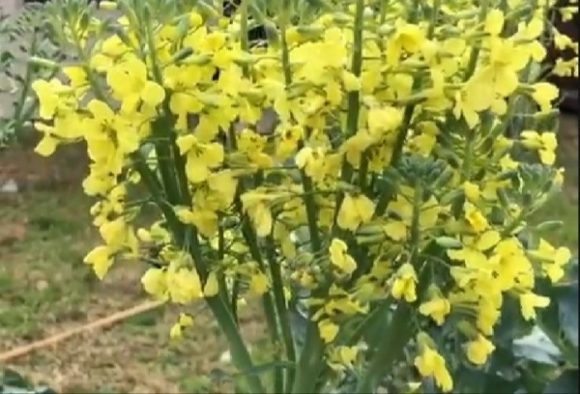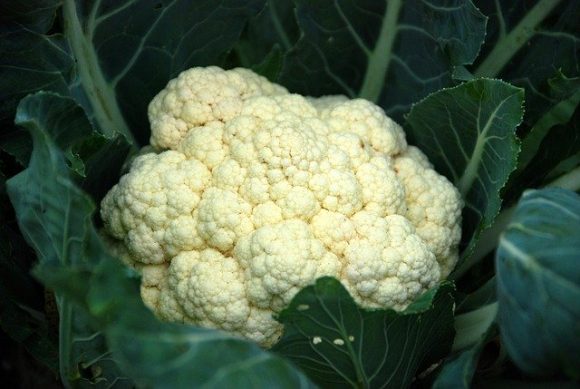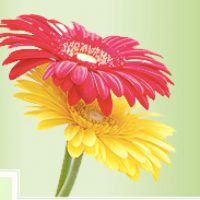All posts tagged cabbage
Time to Eat Broccoli Flower
Broccoli is a flowering plant belonging to the cabbage family. The plant is related to kale, cabbage, cauliflower, and Brussels sprouts. Continue reading [...]
Cauliflower: Good for Your Brain and Heart
Cauliflower is an annual plant belonging to the cabbage family and is a close relative of kale, broccoli, Brussels sprouts, and cabbage. It originated from Asia and spread to other regions of the world as more people discovered its edibility. Ancient records show that cauliflower has been cultivated for almost a thousand years especially in the Turkey region. The vegetable became popular in Europe in the 16th century and caught on four decades later in the US. Today, China and the US are leading producers of cauliflower. Continue reading [...]


